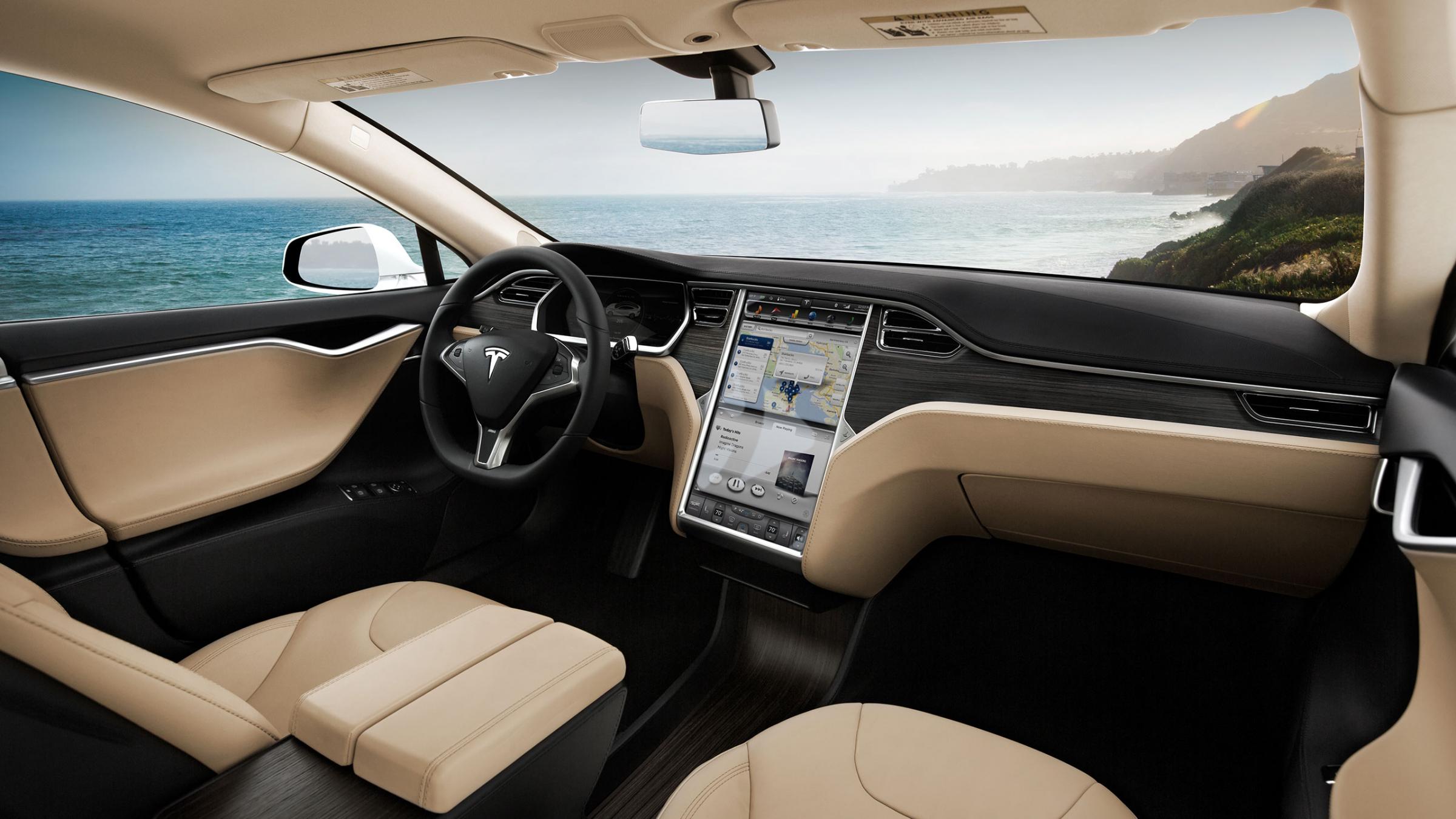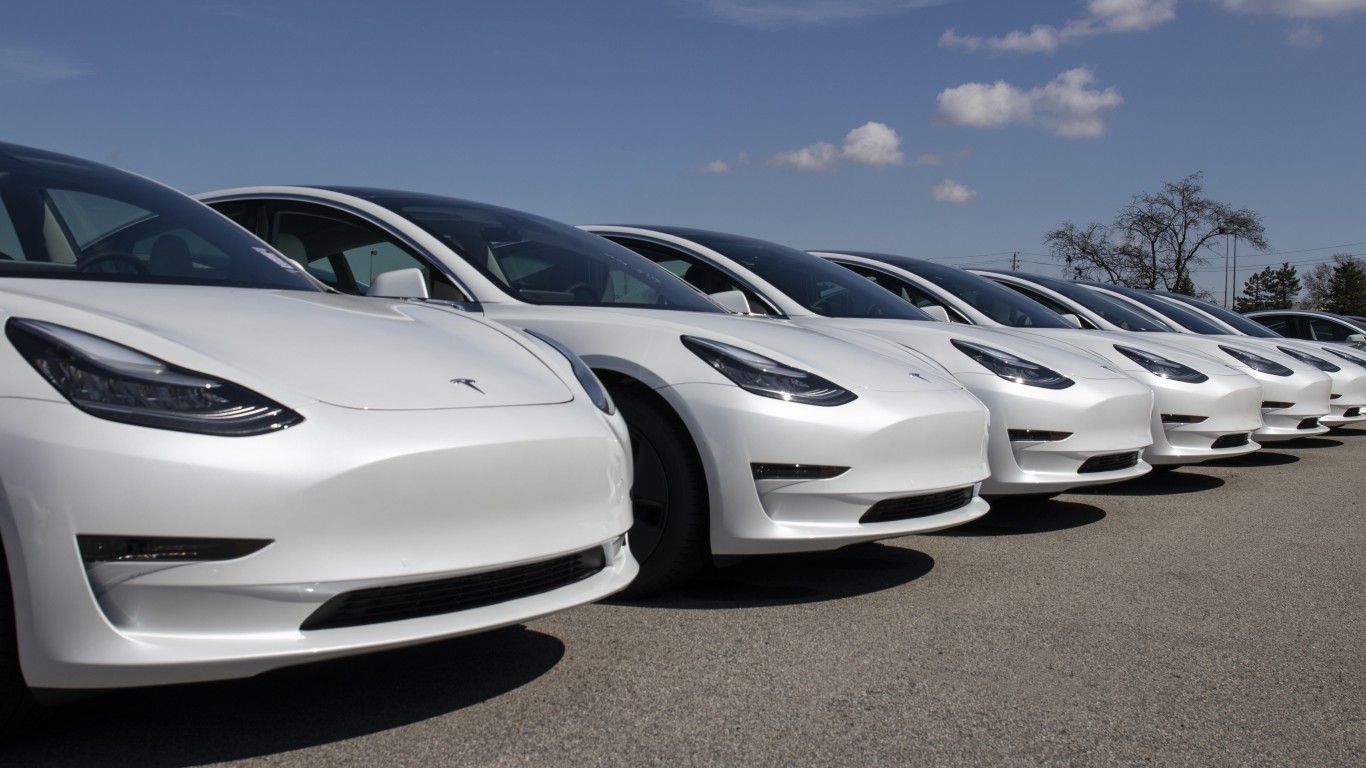Tesla Motors Inc. (NASDAQ: TSLA) said it will provide software that will allow car owners to navigate on major highways, where the car can drive itself. What it did not say is how risky the plan is or how often a Tesla might crash in the new mode. Like any other car, there are dangers of driving. In Tesla’s case, the risk is due to untried technology.
The best assessment of concern came from Karl Brauer of Kelly Blue Book, who told The New York Times that passengers in driverless cars should consider that, “if you’re an individual that starts doing it, you’d better hope nothing goes wrong.” Brauer also thinks the system could run afoul of some state laws.
However, the legal problems with the Tesla technology are secondary. The primary issue is a high level of danger. Companies with much larger R&D operations, like Google Inc. (NASDAQ: GOOGL) have been working on self-driving cars for at least two years. None has taken the risk of actually putting the technology on the road. Management of the Google project recently commented that a commercially available self-driving car is five years away.
Unlike the Google car, the new Tesla technology is not mean to drive a car on any road at any time. CEO Elon Musk has made it clear that the feature will only work on roads with a large amount of traffic. More traffic usually means more speed, and more cars with which other cars can collide.
As has been true of most advances at Tesla, Musk has beaten long odds to introduce innovation. These chances have worked, to the extent that Tesla cars are considered among the best on the highway in terms of safety and features. The easiest way to quickly reverse these advances is for self-driving Tesla vehicles to get into accidents. No matter how good the technology, any and all car types get into accidents. Tesla is not saying that its new advance will make its cars accident free.
ALSO READ: Tesla Fires Staff in China as Sales Falter
Is Your Money Earning the Best Possible Rate? (Sponsor)
Let’s face it: If your money is just sitting in a checking account, you’re losing value every single day. With most checking accounts offering little to no interest, the cash you worked so hard to save is gradually being eroded by inflation.
However, by moving that money into a high-yield savings account, you can put your cash to work, growing steadily with little to no effort on your part. In just a few clicks, you can set up a high-yield savings account and start earning interest immediately.
There are plenty of reputable banks and online platforms that offer competitive rates, and many of them come with zero fees and no minimum balance requirements. Click here to see if you’re earning the best possible rate on your money!
Thank you for reading! Have some feedback for us?
Contact the 24/7 Wall St. editorial team.



